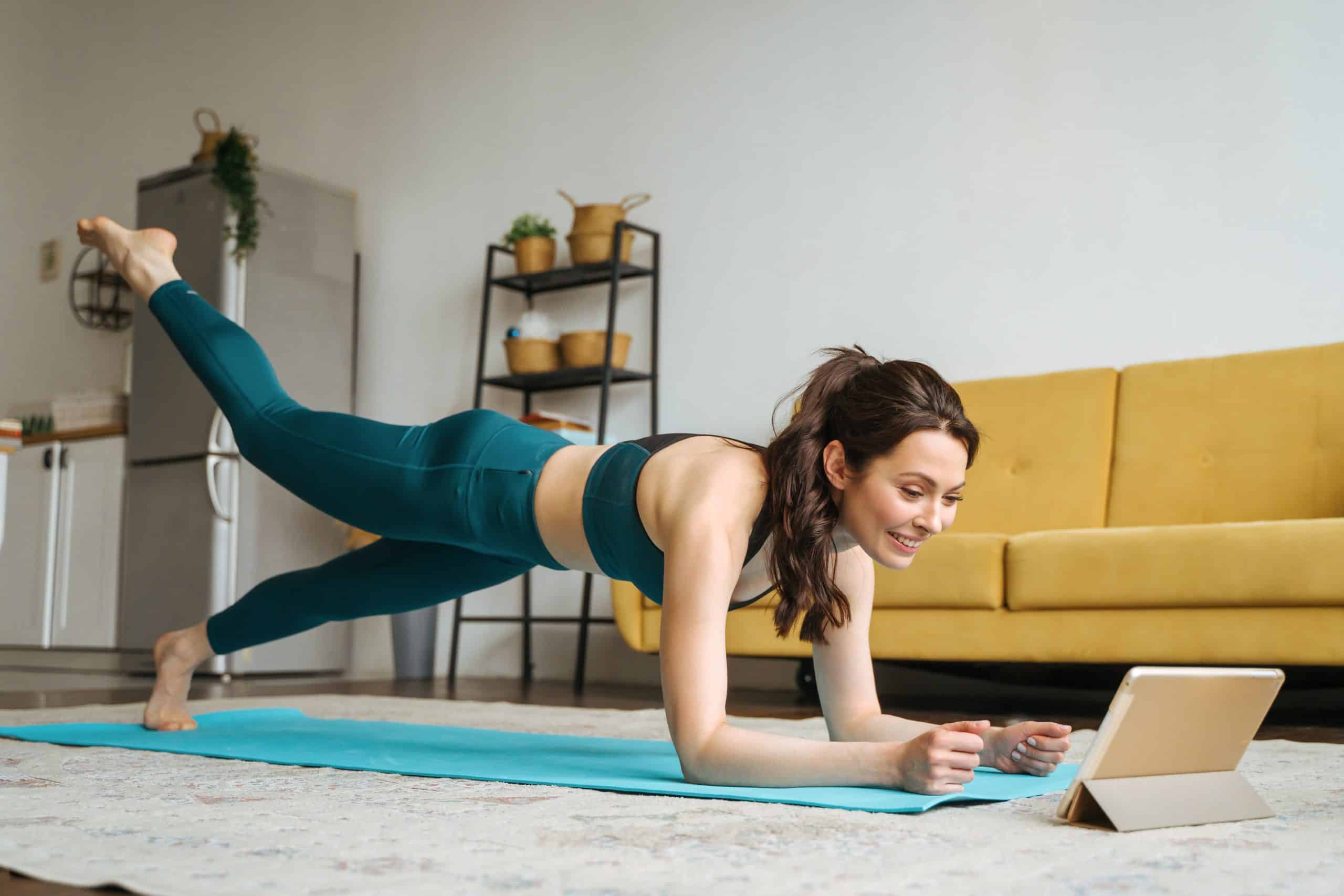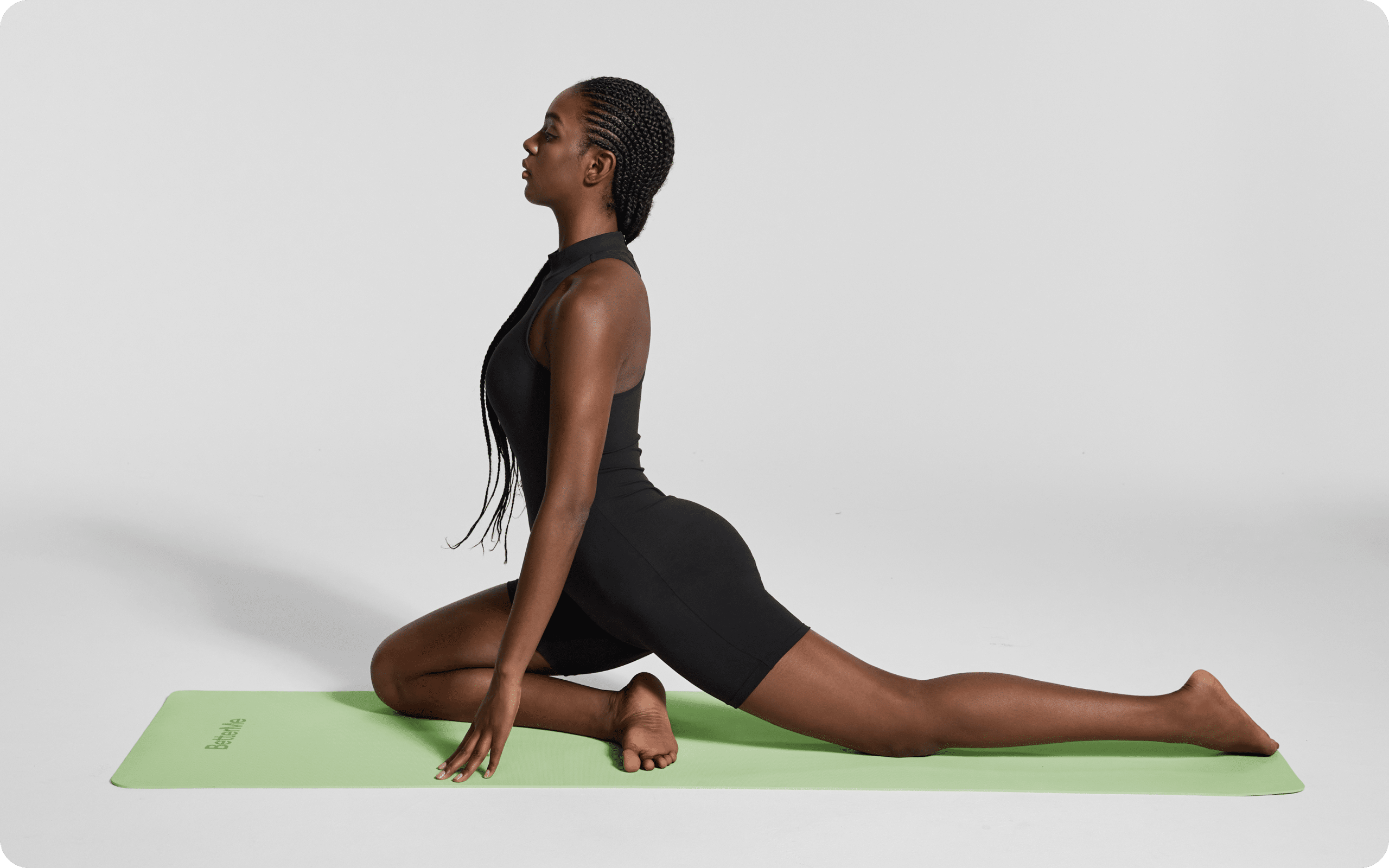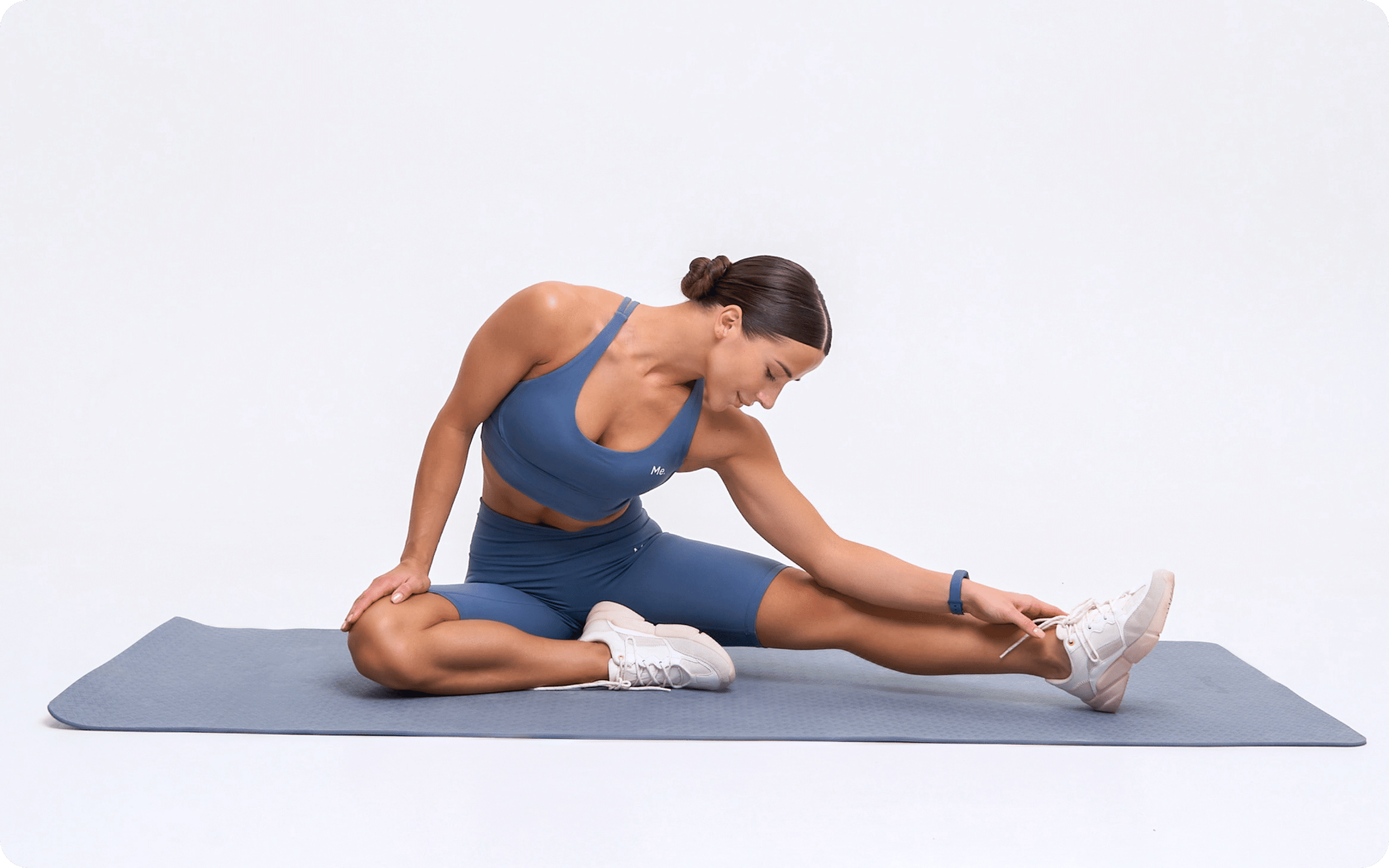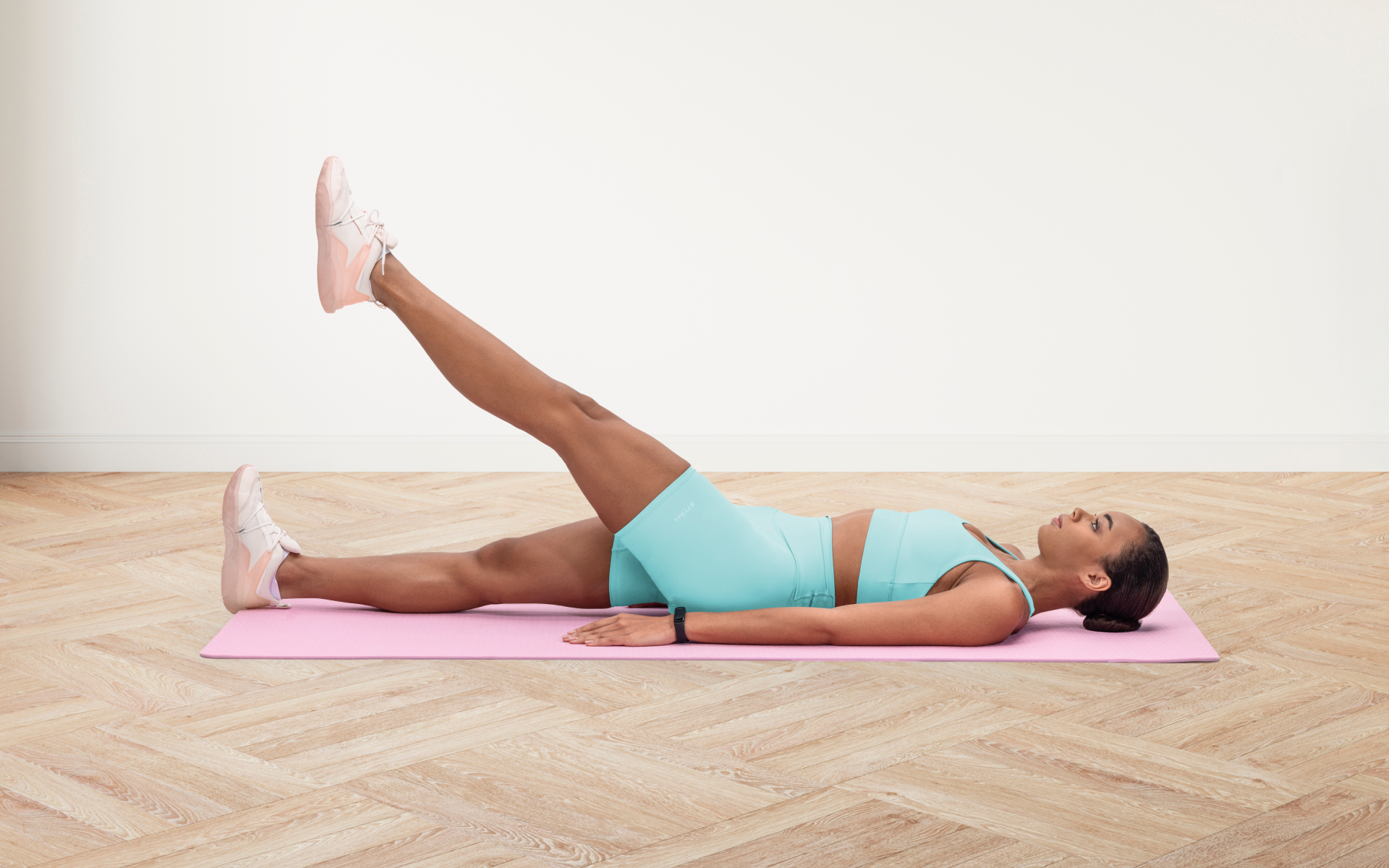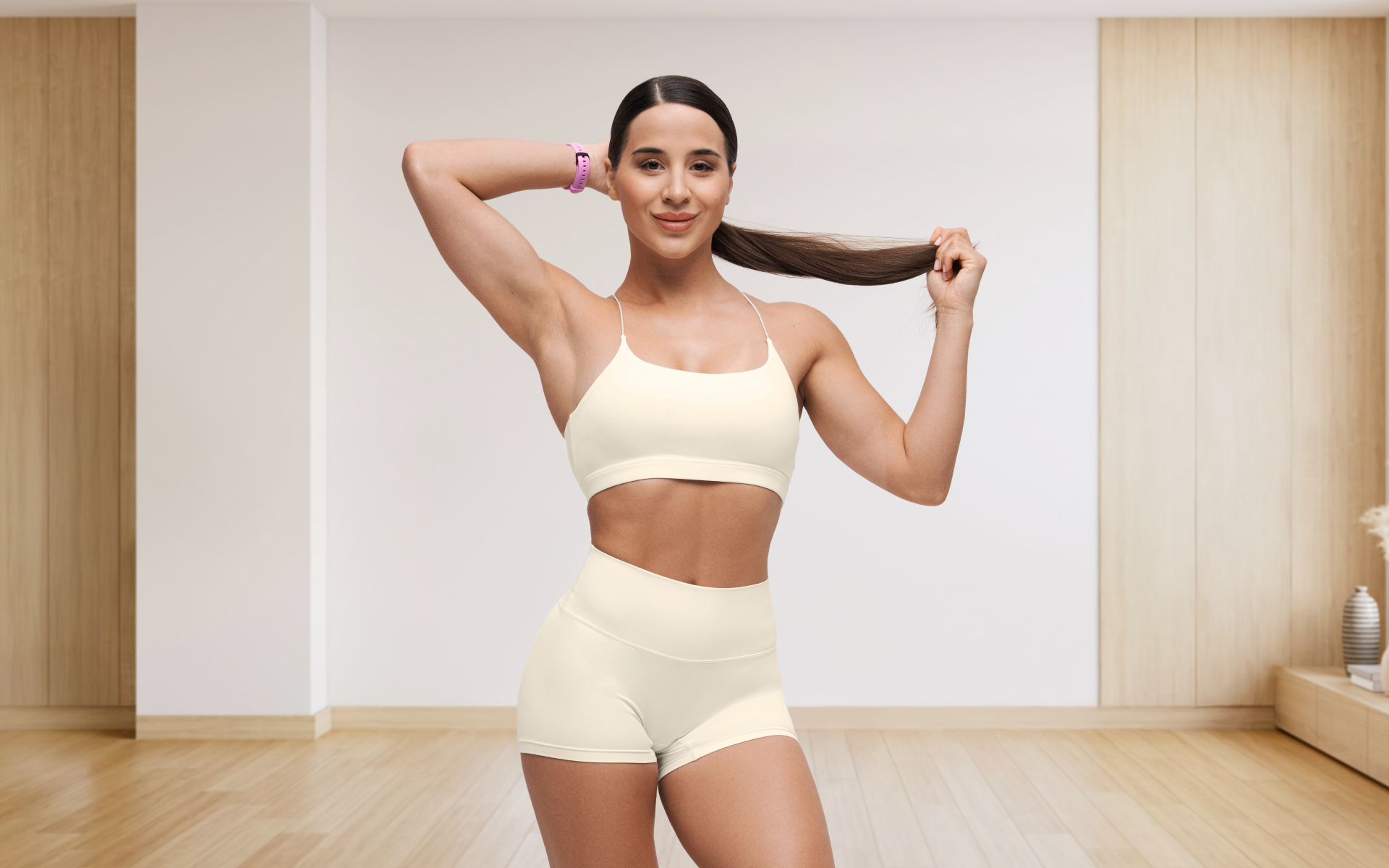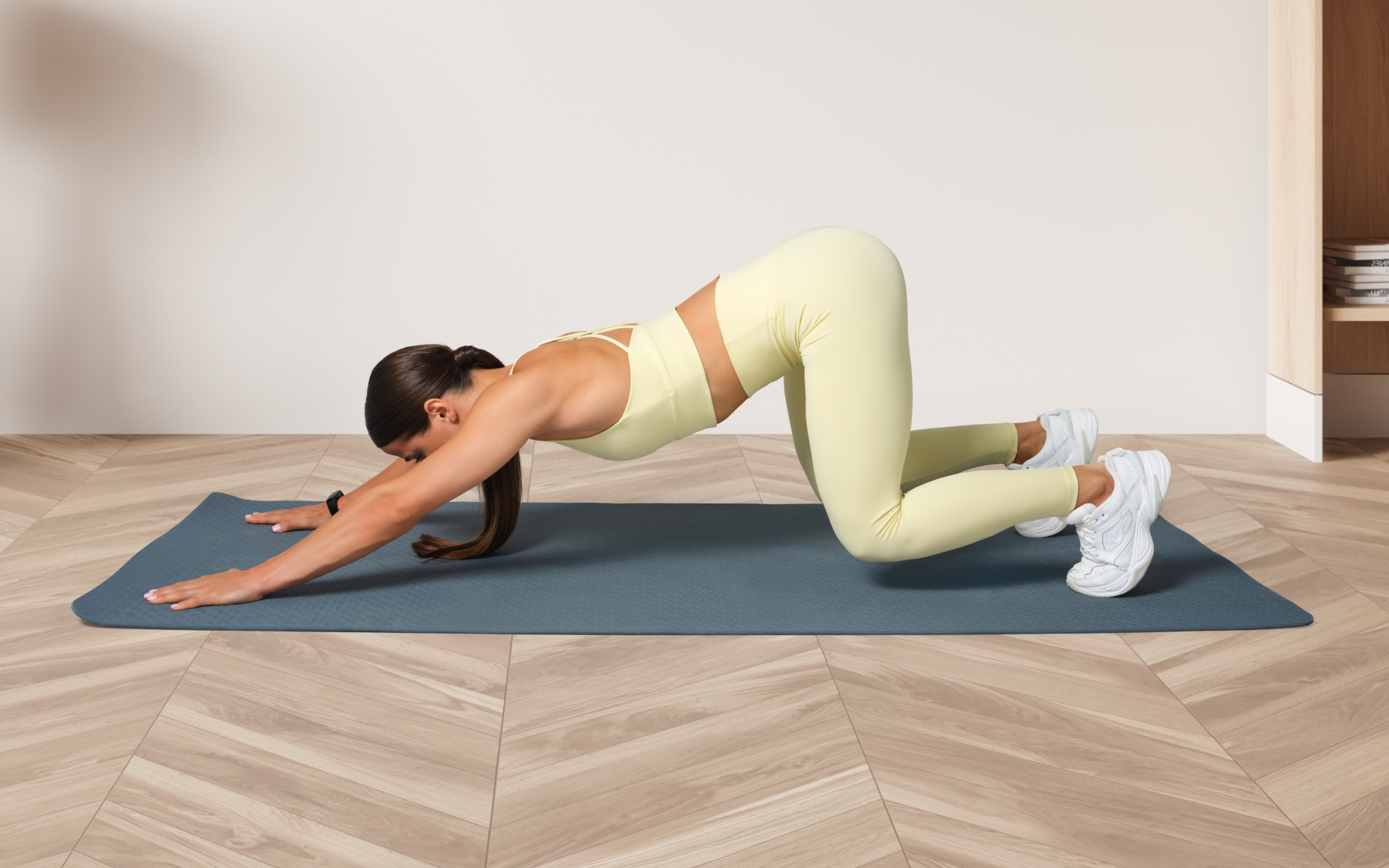In the pursuit of better health and improved body composition, many individuals turn to weight lifting as their go-to exercise regimen. While it’s no secret that lifting weights can yield significant strength gains and muscle growth, some people may find themselves seeking a gentler, more low-impact alternative.
This is especially true for those recovering from injuries, older adults, and individuals who simply prefer a less intense approach to fitness. A go-to for these people, Pilates – a mind-body workout that focuses on core strength, flexibility, and stability.
In this blog post, we will take an extensive look into whether Pilates can be considered strength training, how it compares to traditional weightlifting, and the science behind using it for muscle building. Our goal is to provide you with valuable insights, so you can make informed decisions about incorporating Pilates into your fitness routine.
Is Pilates Strength Training Or Cardio?
Pilates is primarily considered a strength training exercise, as it focuses on building core strength, stability, and flexibility through controlled movements (1). However, the complexities of Pilates reveal that it can also incorporate elements of cardiovascular training, depending on the intensity and pace of the workout.
To be considered strength training, an activity must involve resistance and target specific muscle groups to build strength, endurance, and muscle mass. Cardiovascular training, on the other hand, aims to elevate the heart rate and improve overall aerobic capacity, typically through continuous and rhythmic movements.
Pilates falls under the category of strength training due to its emphasis on resistance exercises that target the core, as well as other muscle groups like the arms, legs, and back. However, certain Pilates routines can be performed at a faster pace or with added intensity, which may increase the heart rate and provide some cardiovascular benefits.
In this sense, Pilates offers a unique blend of both strength training and some cardio elements.
Is Pilates Good for Strength Training? 10 Benefits of Pilates for Strength Training
Core strength
Pilates focuses on building a strong core, which is essential for overall body strength and stability. A strong core helps improve posture, and balance and can reduce the risk of injuries (3).
Muscle toning
Pilates exercises target multiple muscle groups, including arms, legs, and back, leading to increased muscle tone and definition without adding bulk (2).
Flexibility
Pilates promotes flexibility by incorporating stretching and lengthening exercises, which can improve overall strength and reduce the risk of injury (2).
Body awareness
Pilates encourages a mind-body connection, helping you become more aware of your body’s movements and alignment (3). This increased body awareness can lead to better form and technique during strength training exercises.
Low-impact
Pilates is a low-impact workout that is gentle on the joints, making it an ideal strength training option for individuals with joint issues or those recovering from injuries (2).
Looking for a way to break the vicious cycle of weight loss and tone up all the jiggly parts? Watch the extra pounds fly off and your muscles firm up with the BetterMe app!
Balance and coordination
Pilates exercises often involve balancing and coordinating movements, which can help improve overall balance and coordination, contributing to better performance in other strength training exercises (3).
Functional fitness
Pilates focuses on functional fitness movements that promote total body and core strength and body coordination, helping to build strength that applies to real-life situations (2).
Prevention and rehabilitation
Pilates can be used as a preventive measure or as part of a rehabilitation program for individuals recovering from injuries or surgeries. This helps strengthen muscles and can support improved mobility, aiding in the recovery process (2).
Adaptability
Pilates exercises can be easily modified to suit different fitness levels and individual needs, making it an accessible strength training option for everyone, regardless of age or ability.
Reduced stress
By emphasizing controlled breathing and mindful movements, Pilates can help reduce stress and promote relaxation (3), leading to better mental focus and concentration during strength training exercises.
Can Pilates Replace Strength Training?
While Pilates offers numerous benefits and can be an effective part of a well-rounded fitness routine, it cannot entirely replace traditional strength training for most individuals. This is primarily due to the differences in resistance and intensity between Pilates and weightlifting or other forms of strength training.
Pilates primarily focuses on bodyweight exercises and uses lower resistance levels, such as resistance bands or Pilates equipment like the Reformer.
While these exercises can help improve muscle tone, core strength, and flexibility, they may not provide the same level of muscle-building stimulus and progressive overload as traditional strength training methods, which can involve heavier weights, more volume and more intense exercises.
For optimal results, it’s generally recommended to incorporate both Pilates and traditional strength training into your fitness routine.
This combination allows you to reap the benefits of Pilates, such as improved core strength, flexibility, and body awareness, while also building muscle mass and increasing overall strength through weightlifting or other forms of resistance training.
However, individual goals and preferences play a significant role in determining the best fitness routine. Some people may find that Pilates alone meets their needs and preferences, while others might require additional strength training exercises to achieve their desired results.
Read more: Does Wall Pilates Work? Discover Why Wall Pilates is the New FitTok Hype
What Are Some Pilates Strength Training Exercises?
Here are some Pilates strength training exercises that can help you build muscle, target specific muscle groups, and improve overall strength.
These exercises can be incorporated into your Pilates strength training workout, whether you’re beginning Pilates strength training or looking to advance your routine. We’ll also discuss how to apply progressive overload using weights or other forms of added resistance.
1. The Hundred
The Hundred is a classic Pilates strength training exercise that targets the core, arms, and shoulders.
How to perform The Hundred:
- Lie on your back with your knees bent and feet flat on the floor.
- Lift your head, neck, and shoulders off the ground, engaging your core muscles.
- Extend your arms by your sides, palms facing down.
- Raise your legs to a tabletop position (90-degree angle at the hips and knees).
- Inhale for five counts while pumping your arms up and down, then exhale for five counts, continuing the arm movement.
- Repeat this breathing and arm movement pattern for a total of 100 counts.
Progressive Overload: To increase resistance, try adding light wrist or ankle weights during the exercise. Alternatively, straighten your legs and lift them to a higher angle, increasing the challenge to your core.
2. Single Leg Stretch
This Pilates strength training exercise targets the abdominal muscles while also providing some Pilates for leg strength training benefits.
How to perform Single Leg Stretch:
- Lie on your back and bring both knees towards your chest.
- Lift your head, neck, and shoulders off the ground, engaging your core muscles.
- Hold your right ankle with your right hand and your right knee with your left hand.
- Extend your left leg straight out while keeping your lower back pressed into the ground.
- Switch legs, pulling your left knee towards your chest while extending your right leg.
- Continue alternating legs for 10-12 repetitions on each side.
Progressive Overload: Add ankle weights to increase the resistance, or try extending the non-working leg closer to the ground to challenge your core stability further.
3. Plank
The plank is an excellent example of Pilates and strength training combined, as it works the entire body, including the core, arms, legs, and back muscles.
How to perform the Plank:
- Start on your hands and knees, with your hands directly under your shoulders.
- Step your feet back, straightening your legs and forming a straight line from your head to your heels.
- Engage your core, ensuring your hips are in line with the rest of your body.
- Hold this position for 30 seconds to 1 minute, focusing on your breath.
Progressive Overload: Increase the difficulty by adding weight plates on your back, wearing a weighted vest, or lifting one leg off the ground at a time.
If you tend to let yourself off the hook, raise the white flag when things get tougher than you expected, send yourself on an unconscious binge-eating trip – BetterMe app is here to help you leave all of these sabotaging habits in the past!
4. Side Leg Lifts
Side leg lifts are great Pilates strength training exercises that focus on the outer thigh and glute muscles, making them perfect for Pilates for leg strength training.
How to perform Side Leg Lifts:
- Lie on your side with your legs extended and stacked on top of each other.
- Prop your head up with your hand or rest it on your arm.
- Engage your core and lift your top leg as high as you can without letting your hips rotate backward.
- Lower your leg back down with control.
- Repeat for 10-12 repetitions on each side.
Progressive Overload: Add ankle weights or loop a resistance band around your ankles to increase resistance during the exercise.
5. Bridge
The Bridge is another exercise that combines Pilates and strength training, targeting the glutes, hamstrings, and lower back muscles.
How to perform the Bridge:
- Lie on your back with your knees bent and feet hip-width apart.
- Place your arms by your sides, palms facing down.
- Engage your core and press your hips up towards the ceiling, creating a straight line from your knees to your shoulders.
- Hold this position for a few seconds before slowly lowering your hips back down to the ground.
- Repeat for 10-12 repetitions.
- Progressive Overload:
Progressive Overload: Increase resistance by placing a weight plate or dumbbell on your hips, or looping a resistance band around your thighs. You can also perform single-leg bridges to further challenge your stability and strength.
Read more: 6 Wall Pilates Ab Workout Exercises You Should Include In Your Routine
FAQ:
Is Pilates enough strength training?
While Pilates can help improve muscle tone, core strength, and flexibility, it may not provide the same level of muscle-building stimulus as traditional strength training. It’s generally recommended to incorporate both Pilates and traditional strength training into your fitness routine for optimal results.
Does Pilates count as strength training?
Yes, Pilates counts as a form of strength training since it focuses on building core strength, stability, and flexibility through controlled movements. However, it may not be as effective in building muscle mass as traditional strength training methods like weightlifting.
Can I combine Pilates and strength training?
Absolutely! Combining Pilates and strength training can offer a well-rounded fitness routine, allowing you to reap the benefits of both forms of exercise.
What does a typical Pilates strength training workout look like?
A Pilates strength training workout typically consists of a series of exercises that target the core, arms, legs, and back muscles. These workouts can be performed using bodyweight, resistance bands, or specialized Pilates equipment like the Reformer.
Can you recommend some Pilates strength training exercises?
Some popular Pilates strength training exercises include The Hundred, Single Leg Stretch, Plank, Side Leg Lifts, and Bridge. These exercises target various muscle groups and can be incorporated into a Pilates strength training workout.
How can I start with Pilates strength training?
Beginning Pilates strength training requires mastering some basic exercises. Start slowly and gradually increase the difficulty level as you become more comfortable with the movements. Additionally, you may want to invest in Pilates equipment such as resistance bands and a Pilates Reformer to take your workouts to the next level.
Can I Use Pilates For Leg Strength Training??
Yes, there are Pilates exercises that focus on leg strength training, such as Side Leg Lifts, Standing Leg Press, and Single Leg Circles. These exercises target various leg muscles, including the glutes, hamstrings, and quadriceps.
The Bottom Line
Pilates can be an effective form of strength training, improving core strength, muscle tone, flexibility, and overall body awareness. While it may not replace traditional strength training methods like weightlifting for building significant muscle mass, combining Pilates with other forms of strength training can offer a well-rounded and balanced fitness routine.
By incorporating both Pilates and traditional strength training exercises into your workout regimen, you can enjoy the unique benefits of each and work towards achieving your fitness goals.
DISCLAIMER:
This article is intended for general informational purposes only and does not serve to address individual circumstances. It is not a substitute for professional advice or help and should not be relied on for making any kind of decision-making. Any action taken as a direct or indirect result of the information in this article is entirely at your own risk and is your sole responsibility.
BetterMe, its content staff, and its medical advisors accept no responsibility for inaccuracies, errors, misstatements, inconsistencies, or omissions and specifically disclaim any liability, loss or risk, personal, professional or otherwise, which may be incurred as a consequence, directly or indirectly, of the use and/or application of any content.
You should always seek the advice of your physician or other qualified health provider with any questions you may have regarding a medical condition or your specific situation. Never disregard professional medical advice or delay seeking it because of BetterMe content. If you suspect or think you may have a medical emergency, call your doctor.
SOURCES:
- Pilates: how does it work and who needs it? (2011,nih.gov)
- Pilates – health benefits (2022,betterhealth.vic.gov.au)
- Pilates 101: What It Is and Health Benefits (2023,clevelandclinic.org)
